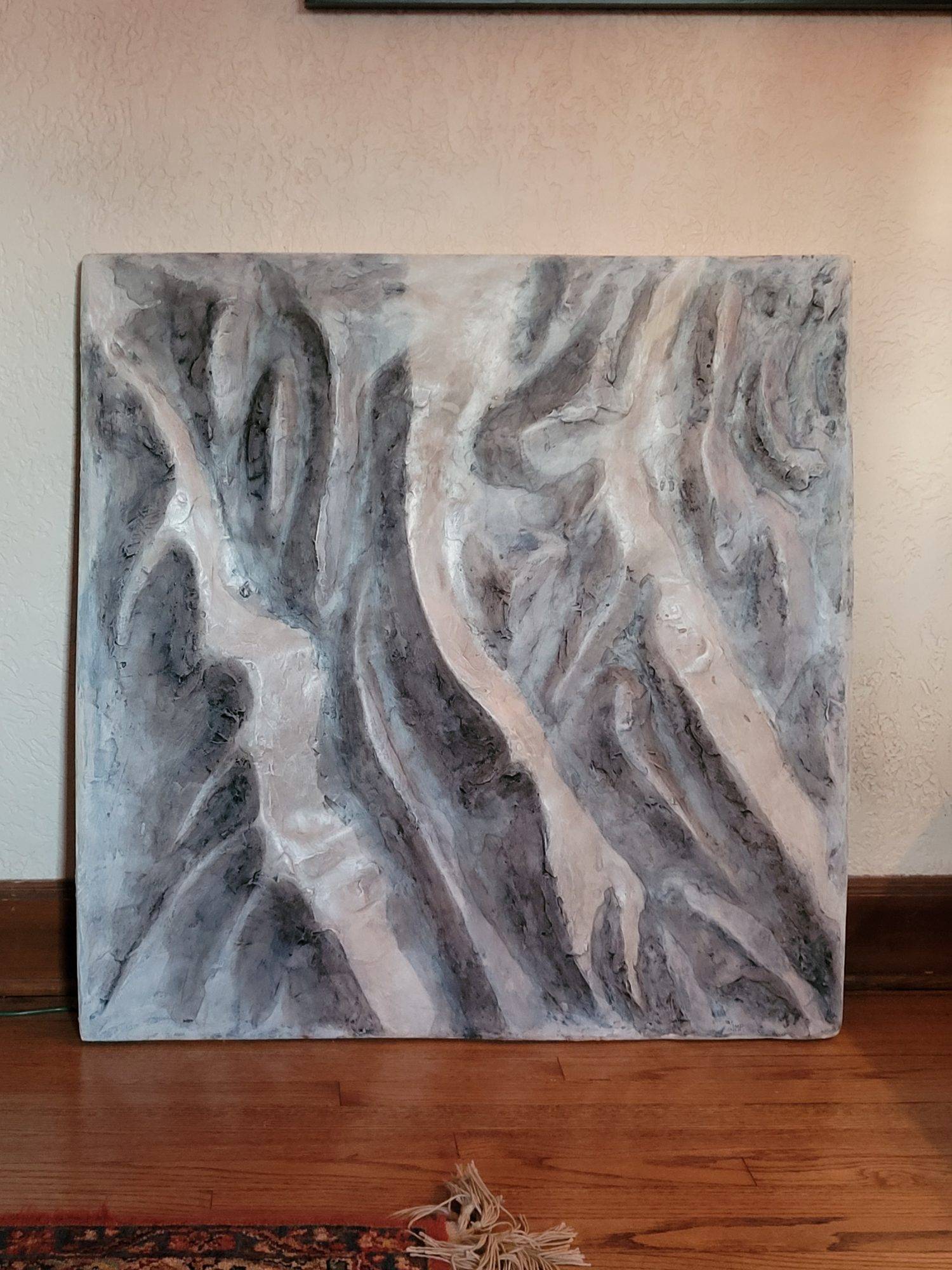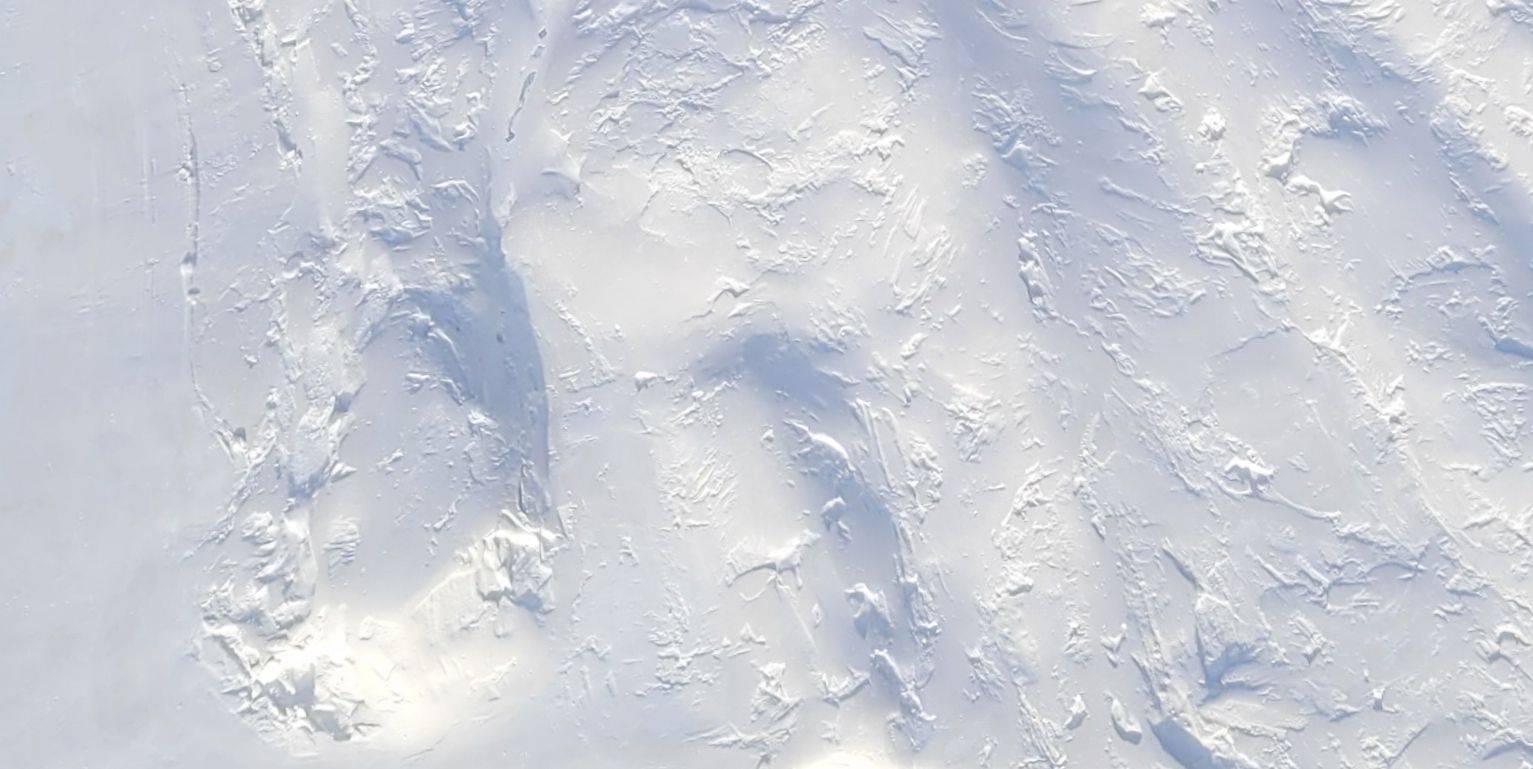Fresco is an old technique where the pigment is embedded in wet plaster while painting a mural. I have adapted the technique to a more modern application. I use plaster on a foam casting to build natural looking topography for mountains and coastal samples of land as seen from above. The plaster takes the watercolor very well and it becomes a permanent part of the finished painting / sculpture.
The interesting part of a topographic sculpture is that it casts shadow on the painting just as the sun casts shadow on the land. These shadows are incredibly interesting and change as the light moves. It is easy to visualize just how the land looks because of the 3D shape and the lighting on one side and shadow on the other side of mountains and hills. There are even shadows cast from waves as the sea rolls onto the beach!
My background in surveying and civil engineering has given me a passion for seeing land from a terrestrial or aerial perspective. I find that I can experiment with watercolor to capture a genuine look by layering of similar or different colors. The transparency of watercolor looks so vibrant with a background of white paper. Why not do the same with white plaster?
Some of the pieces get heavier than intended, which is why I use a foam core. With proper hanging and framing the piece can be displayed on a wall or set vertically on the floor against the wall. Having the light incorporated into the art is a “sick” idea according to my son.
The lights I use are strong but warm LED lights that have a motion sensor so the light comes on when someone is near the artwork. The light has a USB charged battery in the attractive design. The lights are included with the sale of the painting.

